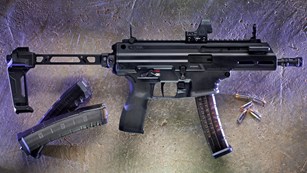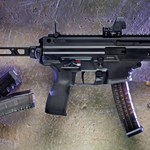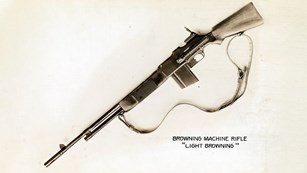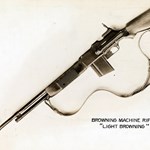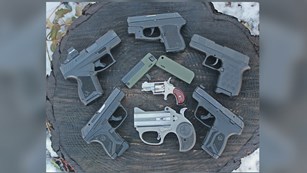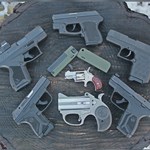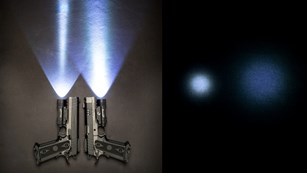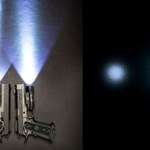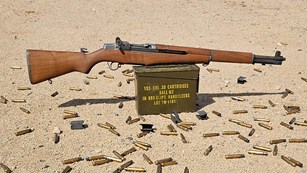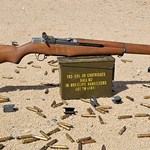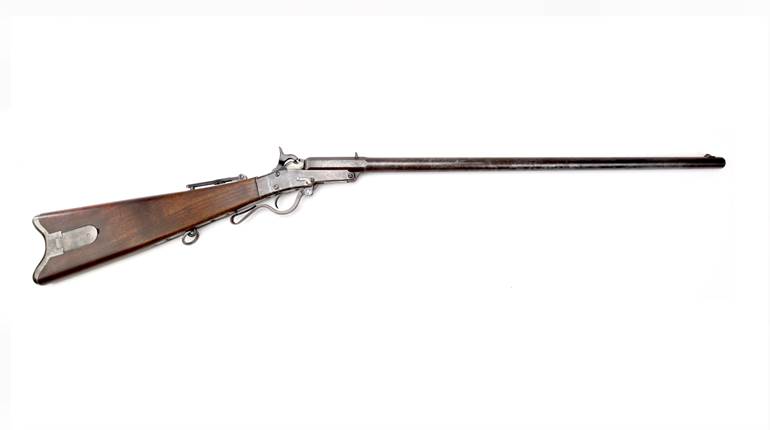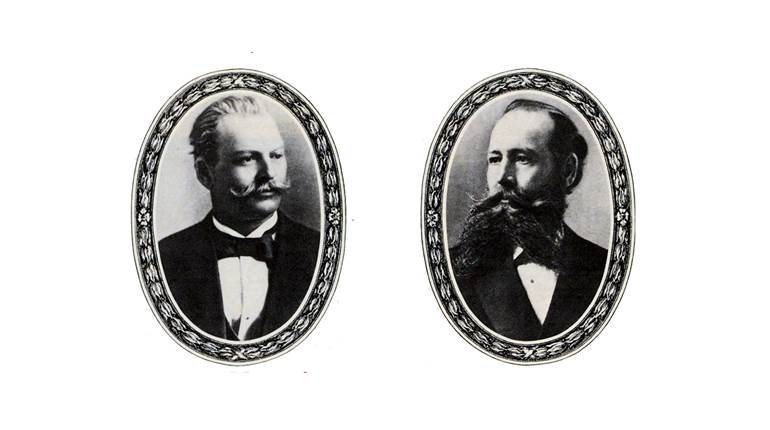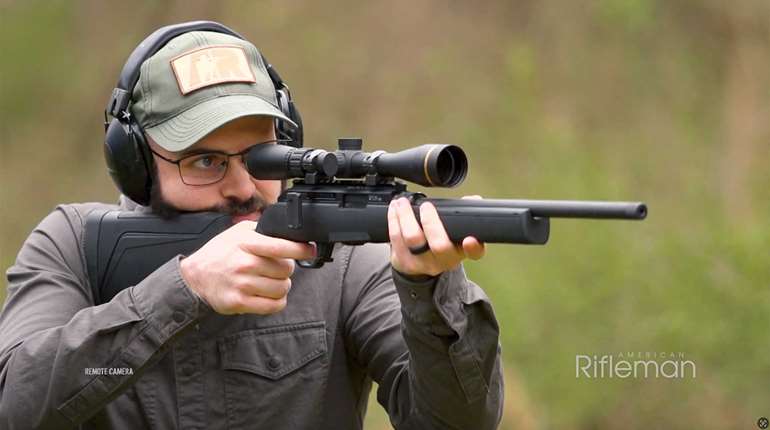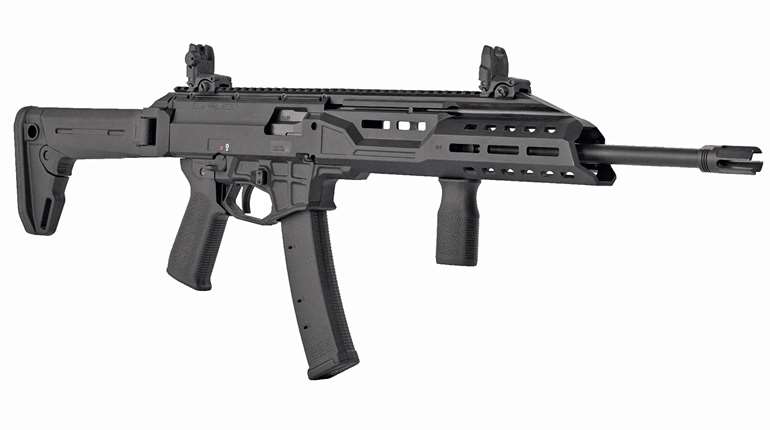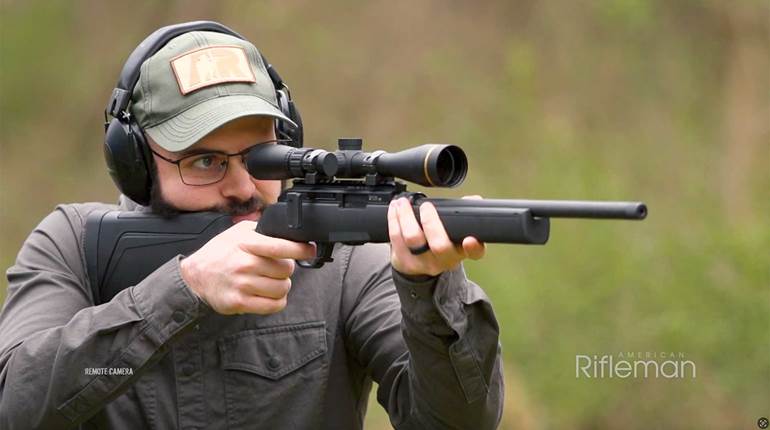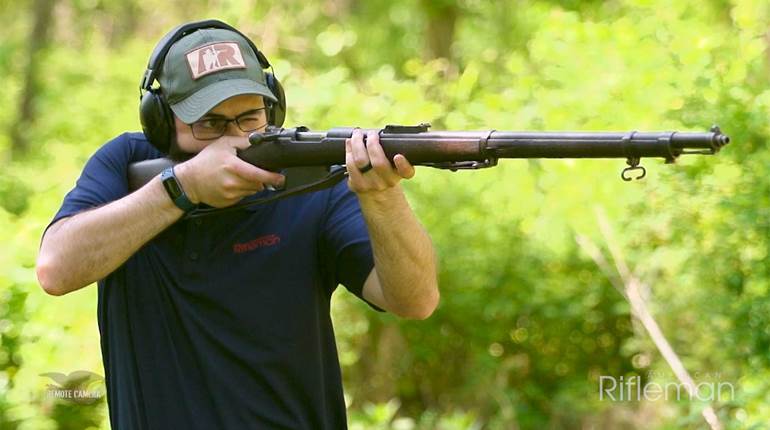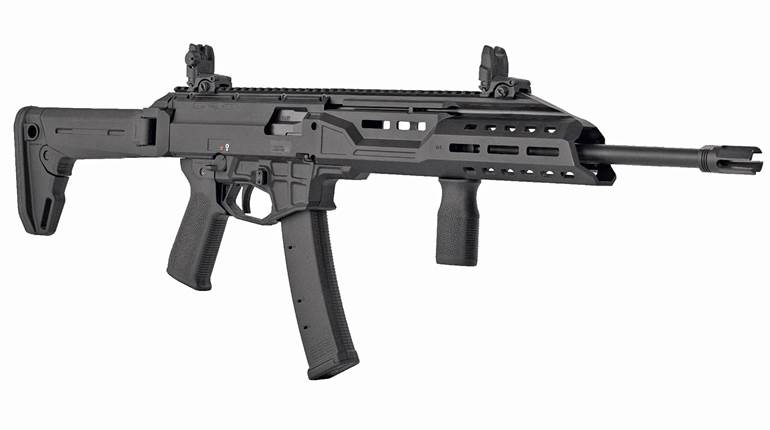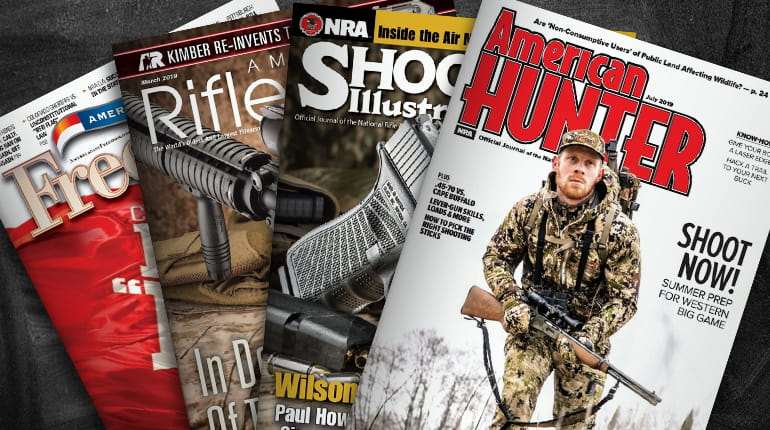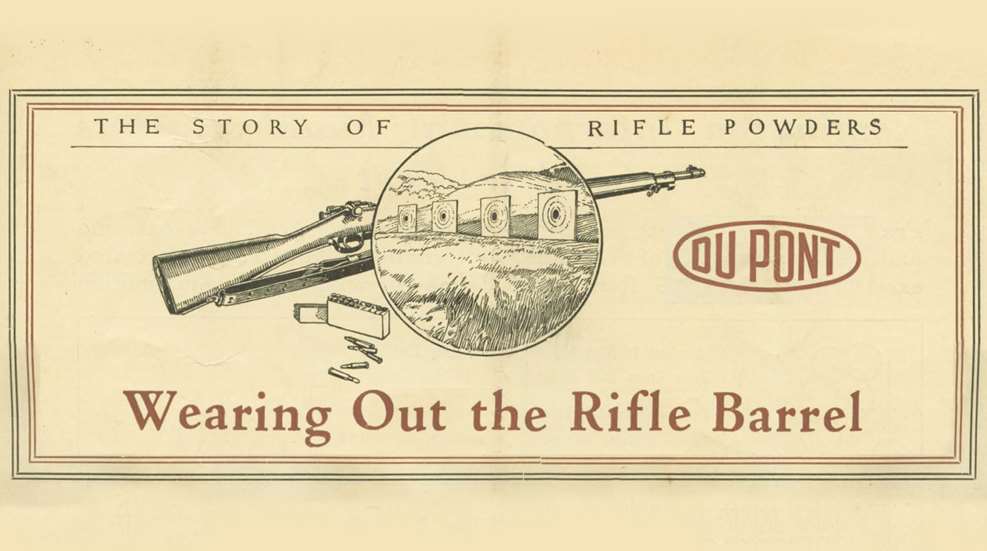
Alloy bullets have gained much of their popularity because of the idea that they will not wear out the barrel as rapidly as metal cased bullets. When the force of the powder gases pushing behind the bullet is taken into consideration, when the fact that modern rifle barrels are made of the toughest steel is considered and when the relative softness of the “gilding metal” and cupro-nickel jackets of the regular commercial bullets is borne in mind, the “alloy bullet, longer barrel life” theory loses most of its strength.
The thing that wears out rifle barrels is powder gas, more than bullet friction. The reason the rifle fired only with alloy bullets outlasts the one that is fired with metal-cased bullets is because the alloy bullets are of necessity fired with reduced charges of powder. Metal cased bullets fired with the same reduced loads of powder would not show rapid barrel wear.
A very important development has been made by American ammunition manufacturers in the perfection of the “gilding metal” (alloy of copper and zinc, with or without addition of tin) jacketed bullet, reducing metal fouling as compared with the older “cupronickel” jacketed bullet. We had developed a powder containing “decoppering” metal, intended to reduce the accumulation of metal fouling resulting from the use of cupronickel jacketed bullets. This development is now of less importance to users of sporting ammunition because of the reduction in metal fouling resulting from use of “gilding metal” jacketed bullets.
The useful life of the rifle barrel depends primarily on the kind and quantity of powder used, not on the composition of the bullet. It is a generally known fact that nitrocellulose powders give the minimum of “gas cutting” or erosion and consequently give the longest barrel life. All du Pont Smokeless Rifle Powders are of nitrocellulose composition.
[The American Rifleman, February 1924]
